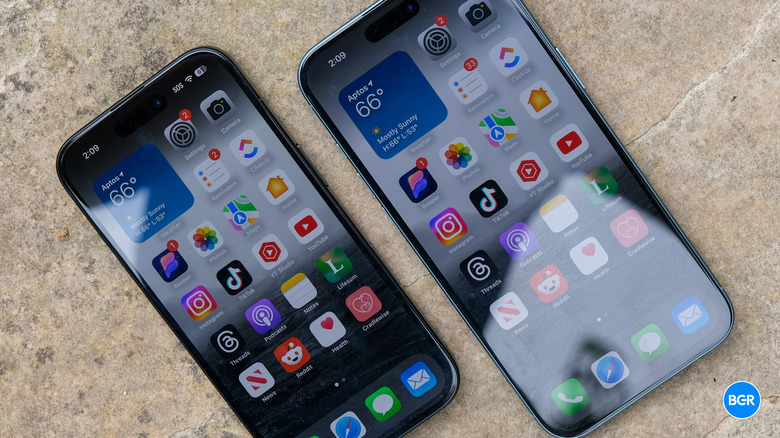I Want Apple's iPhone 17 Air, But I Have One Major Concern
I've been a fan of the iPhone 17 Air rumor for months now, hoping that Apple will indeed release its thinnest iPhone in years, or perhaps ever. After using the iPhone 16 Plus for nearly two months, I'm convinced I need an iPhone with a large display, but I definitely want it to be a lot thinner.
I'll probably buy the iPhone 17 Air as soon as it comes out next year, even though I'll have to accept certain compromises. Considering what Apple did with the ultra-thin M4 iPad Pro, I knew the camera would be the phone's main compromise. The battery size is another obvious area where Apple will have to make compromises.
But a new report gives us a few additional issues iPhone 17 Air buyers might have to deal with. Among them, there's a change that could prove to be my biggest concern about buying an ultra-thin iPhone. It's also something I didn't see coming: The potential lack of a physical SIM card slot.
Apple stopped selling new iPhones with SIM cards in the US in 2022 when the iPhone 14 series was released. However, international versions of the phones came with the same physical SIM cards as their predecessors. The iPhone 16 models also feature SIM cards in markets like the European Union (EU), where I happen to shop for new iPhones.
I never switched to eSIM cards because I never had to. I hoped Apple would take longer to drop physical SIM cards in Europe. Then again, I also understand why removing SIM cards makes sense. eSIM cards might be safer and easier to use. Best of all, they free up space inside the iPhone, which can then be repurposed for the battery. This is exactly what Apple might want to do with an iPhone 17 Air that's between 5mm and 6mm thick.
But the EU isn't like the US. It's a lot easier to manage multiple physical SIMs in Europe, where the mobile market is far more competitive. Roaming charges are almost gone, but some limitations exist. Prepaid plans are quite affordable and a great solution for avoiding potential roaming charges when traveling. Buying prepaid SIM cards is incredibly easy, as is swapping between them.
That's my biggest issue about a SIM-less iPhone 17 Air in Europe. It's not that it would be difficult to manage multiple eSIMs on the same phone. The iPhone 16 can store more than eight eSIMs, two of which can be active simultaneously. It's that carriers might have to make changes to the way they sell prepaid cards in Europe.
It's also about my convenience, which, yes, is based on habit. I routinely travel with at least one backup phone. That second phone might be something as old as the 2015 iPhone 6s, which doesn't have eSIM card support. If I were to convert physical SIMs into eSIMs for the iPhone 17 Air, I'd be unable to switch cards between the main phone and the one on mobile hotspot duty.
This is a very specific problem that I have, one I will eventually have to deal with. Whether it's happening with the iPhone 17 Air or future models, SIM cards are probably going to disappear from EU iPhones sooner rather than later. All 2024 cellular iPads sold in the region only support eSIMs. I just hoped it would be later and that I would have more time to adjust to the iPhone abdandoning physical SIMs.
I don't care as much about the iPhone 17 Air rocking a single lens on the back, featuring worse battery life than the base model, lacking a speaker on the bottom, or packing Apple's 5G modem instead of Qualcomm.
Then again, I'm certain I want a thin iPhone. If that means losing the ability to quickly and easily switch SIM cards, so be it.
